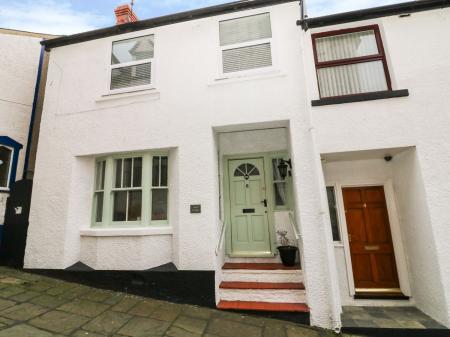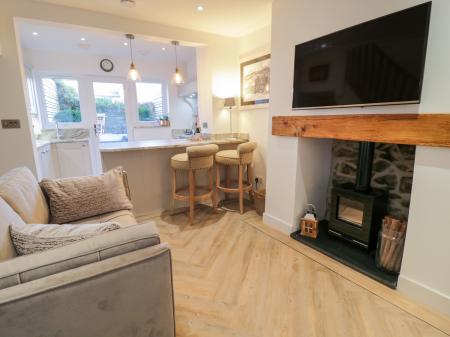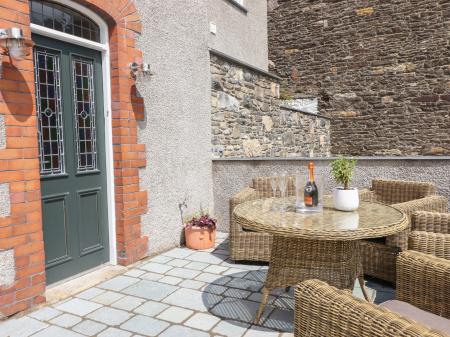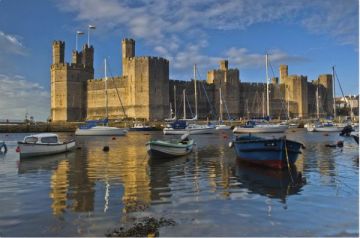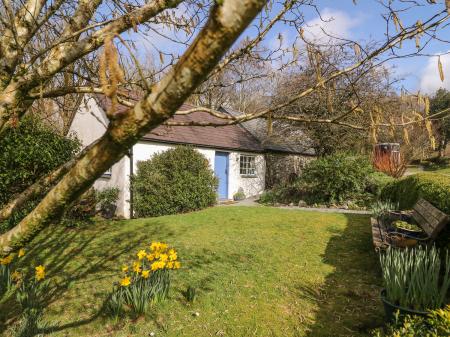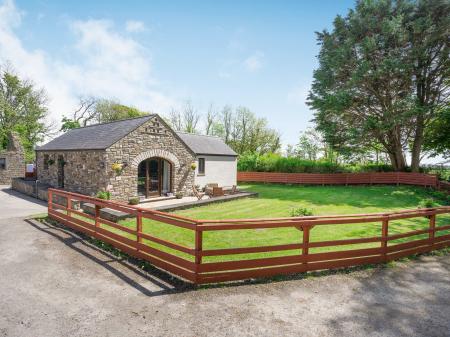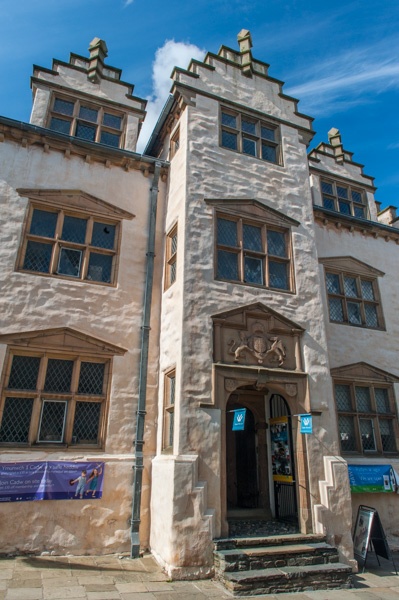
History
The house was built by Robert Wynn between 1576 and 1585. The interior shows that Wynn intended his new house to create a statement of his wealth and influence, with ornately carved woodwork and magnificent plasterwork ceilings. What is truly remarkable is how little the house has changed since it was built.
Robert Wynn was a wealthy merchant. He had a reputation for entertaining, and loved show and ostentation. At Plas Mawr he gave full reign to his ambition and showmanship. Every bit of the house was meant to impress, to awe, to overwhelm visitors with the wealth and taste of the Wynns.
The most lavish display is reserved for the hall, which is covered in decorative plasterwork on the ceiling and over the magnificent fireplace. Robert Wynn did not ant anyone to miss who was responsible for this show of wealth; look for his RW monogram on family crests and coats of arms in every room.
Robert Wynn lived a long and eventful life; he served at court under Sir Philip Holby, and followed Holby abroad to fight in Scotland and on the Continent. He began to trade in Flanders, then in 1555 he returned to Wales to continue his trading from Conwy. He married well, to Dorothy, daughter of the Knight Chamberlain of north Wales.
In 1570 he purchased a mansion in Conwy and from 1576 he and Dorothy rebuilt the house in lavish style. When Dorothy died in 1586 Robert Wynn, though now in his 70s, remarried and fathered 7 children before his death in 1598. He is buried in the nearby church of St Mary's.
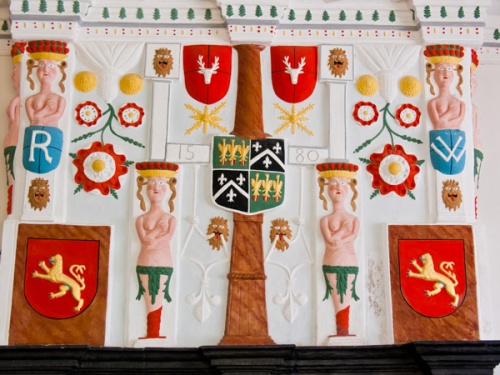
The ground floor is reached through the imposing gatehouse that fronts onto Conwy High Street. From the outside you have no idea just how extensive Plas Mawr actually is. You pass through the gatehouse into a lower courtyard, then up a flight of steps to the Hall and Buttery. Beyond the Hall are service rooms, including a kitchen, pantry, brewhouse, and a parlour, where the family could retreat for privacy.
From the brewhouse a passage leads to the upper courtyard, containing the well, and a lovely little garden area with a parterre, summerhouse, and trellises. Spiral stairs lead up to the first floor, where all the accommodation lies. At the centre of this floor is the Great Chamber with its superb painted plasterwork and fireplace. The fireplace is painted to look like marble, and the floor is covered in woven matting. On the walls are hangings made of wool, a popular style in the late 16th century.
Over the brewhouse is a large bedchamber, probably used by Robert Wynn. The walls and ceiling have the richest plasterwork in the house. The room has been left empty, which seems odd at first glance, but this is on purpose, so you can truly appreciate the magnificent moulded plasterwork, dated to 1577. There are no less that 27 different symbols incorporated into the celling and wall frieze in this room. All are badges of the Wynns or important local families.
On each side of this chamber are wings with three rooms for accommodation. A spiral stair leads still higher to a turret room looking down over the roof of the Great Chamber and into the upper courtyard.
I've visited Plas Mawr twice, and each time I left shaking my head at the astonishing interior. The plasterwork alone is worth a special visit. Plas Mawr deserves its reputation as the best example of a 16th century town house in Britain.
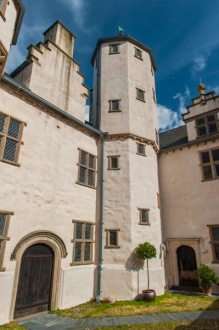
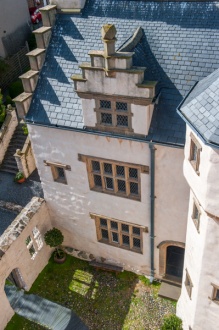
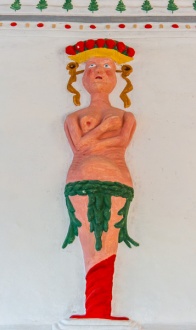
the Great Chamber
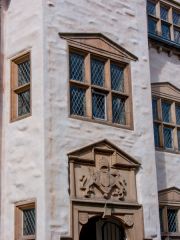
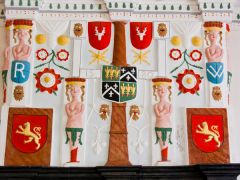
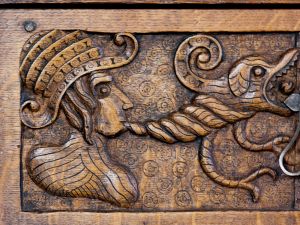
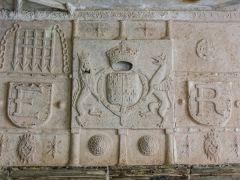
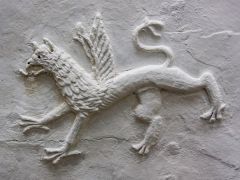
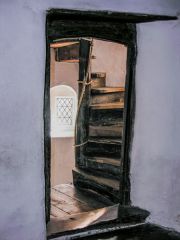
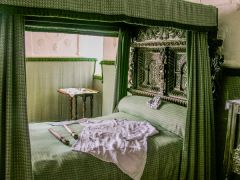
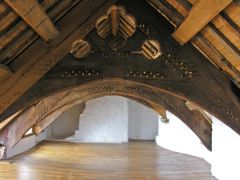
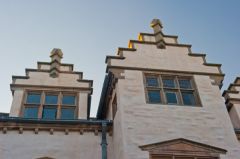
 We've 'tagged' this attraction information to help you find related historic attractions and learn more about major time periods mentioned.
We've 'tagged' this attraction information to help you find related historic attractions and learn more about major time periods mentioned.